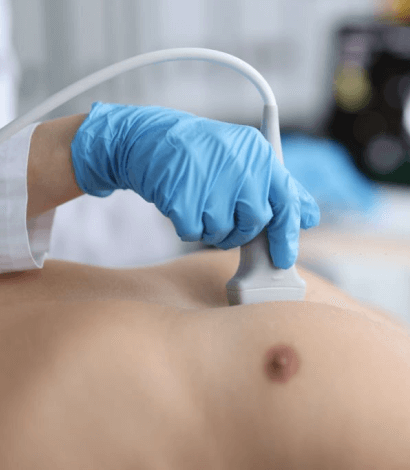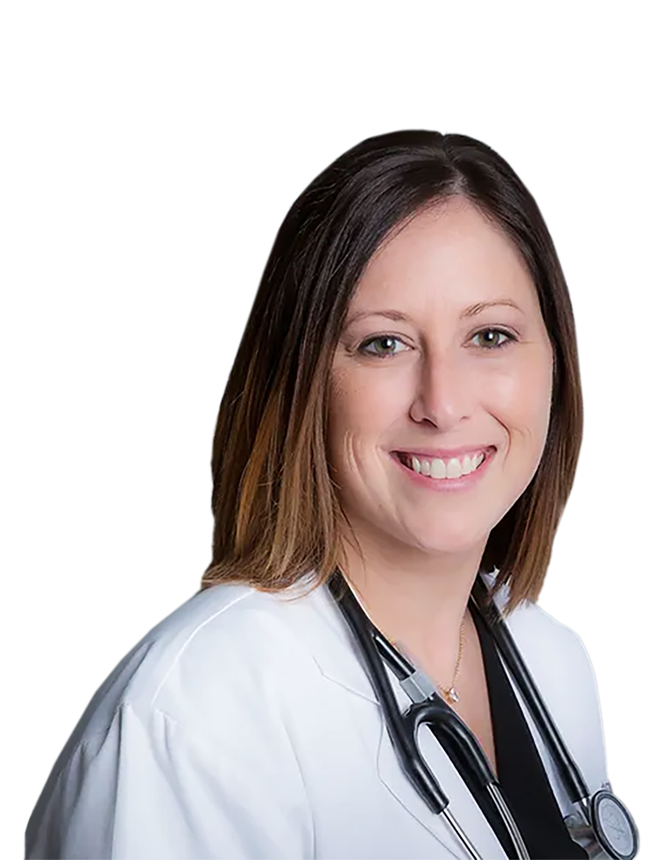Cardiovascular Imaging
& Diagnostics
Cardiac imaging provides pictures of your heart and cardiac vessels to see how your heart is performing. The noninvasive diagnostic tests – including X-rays, CT scans, and ultrasounds – help us diagnose various heart and vascular conditions. At Cardiovascular Medicine, we offer advanced imaging tests so we can successfully treat and manage all types of cardiovascular diseases.
When to See a Cardiovascular Specialist
If you are at risk for heart disease or have symptoms that concern you, our comprehensive testing can help identify any issues. Conditions that we diagnose with cardiac imaging include:

Diagnostic Testing
Our range of cardiac diagnostic tests can provide the information you need to make informed decisions about your healthcare. Deciding which test is right for you will depend on several factors, including your symptoms and individual circumstances. Our diagnostic testing options include:
Cardiovascular Treatments
We offer an array of procedures to treat and manage your cardiovascular condition so you can feel better. Working alongside you, we design a treatment plan that will allow you to feel better and return to doing the things you love. Our treatment options include:
Lung Cancer Screening
About Lung Cancer
Lung cancer is the leading cause of cancer-related deaths for both men and women in the United States. Nearly 25% of all cancer deaths are from lung cancer — it causes more deaths than breast, prostate, and colorectal cancers combined. It is estimated that over 80 percent of lung cancers could be cured if detected at an early stage.
All too often, lung cancer isn’t found until it is advanced, and a cure is no longer possible. The only way to detect lung cancer in its earliest stages is through the use of a low dose CT scan. Clinical trials have shown the likelihood of surviving lung cancer is improved with screening.
We recommended that people who are at risk receive this screening, which may include:
- Older adults who are current or former smokers
- Those who smoked heavily for years
- People who once smoked and quit
- People with a history of lung cancer
- People with other risk factors such as chronic obstructive pulmonary disease (COPD)
We use low dose lung CT scans as the screening test for lung cancer. A low dose lung CT scan examines the structures inside the chest using X-ray transmissions that are converted to detailed images.
Screening for Lung Cancer
Computerized tomography (CT) is a special X-ray technology that obtains image data from different angles around the body with computer procession to show a cross section of body tissues and organs. For lung cancer screening, we use something called a low dose spiral CT scan.
A low dose spiral CT scan uses a large machine that is shaped like a doughnut with a table that you lay down on. The table can slide backwards and forwards through the hole of the doughnut.
When the machine starts the scan, we may ask you to hold your breath briefly so we can capture a clear picture of your lungs. The table will move quickly through the machine as the images are created. You may hear the machine making knocking or clicking noises, which is normal.
The actual scan is quick — it will take just a minute or two.
Recovery
Risks & Side Effects
Am I a Candidate?
Low dose CT lung screening is recommended for the following group of people who are at high risk for lung cancer:
- You are between 50 and 77 years old
- Have no signs or symptoms
- Are currently a smoker or have quit within the past 15 years
- Have smoked at least a pack of cigarettes a day for 20 years
We use “pack years” to determine screening qualification. Pack years are calculated by multiplying the number of packs of cigarettes you smoked a day by the number of years that you smoked. For example, 20 pack years could mean smoking 1 pack a day for 20 years, 2 packs a day for 10 years, or half a pack a day for 40 years.
Our doctors will help you determine if a lung cancer screening is right for you.
Meet Your Illinois and Iowa
Cardiovascular Physicians
CVM Locations
Insurance Providers We Accept
In Search of Care? Request a Consultation Today



